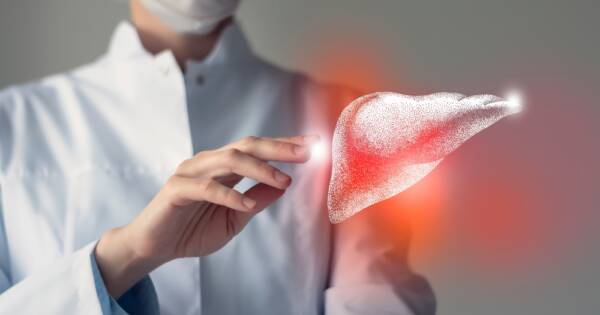Alopecia areata affects millions through its unpredictable hair loss patterns, challenging both physical appearance and psychological well-being. With options like corticosteroids and groundbreaking JAK inhibitors, treatments focus on controlling inflammation and promoting regrowth. The advancing landscape of therapies and addressing emotional impacts is key in crafting comprehensive care plans for those affected by this autoimmune disorder.
Understanding Alopecia Areata
Alopecia areata is an autoimmune disorder that affects approximately 7 million individuals in the United States. This condition occurs when the immune system mistakenly targets hair follicles, leading to sudden and often patchy hair loss. The onset of hair loss can happen at any time, and the disease may manifest as small patches or, in more severe cases, extensive hair loss across the scalp and other body areas (National Center for Biotechnology Information). While some people may experience spontaneous regrowth, others have enduring or recurrent episodes (PubMed Central).
Treatment Options for Alopecia Areata
Treatments for alopecia areata focus on halting disease progression and promoting hair regrowth. A core strategy involves the use of corticosteroids, applied topically or injected intralesionally, to reduce inflammation at the follicular level. Topical corticosteroids are typically used for mild forms of the disease, offering a non-invasive option that can be especially effective for children and individuals who cannot have injections (National Alopecia Areata Foundation). Intralesional corticosteroids are more common for patchy hair loss in adults and involve direct injection into the bald patches, yielding notably high success rates but potentially causing mild side effects like temporary skin depressions.
In addition to corticosteroids, JAK inhibitors have emerged as a breakthrough in the treatment of more severe cases of alopecia areata. Medicines such as baricitinib (Olumiant®) and ritlecitinib (LITFULO®) work by inhibiting pathways associated with immune responses, thereby reducing inflammation and supporting hair regrowth. These drugs have shown promising results in clinical trials, with many patients experiencing notable improvement according to Yale Medicine. Despite this, some individuals might face side effects, necessitating careful monitoring by healthcare providers (National Center for Biotechnology Information).
Exploring Emerging Therapies
The treatment landscape for alopecia areata continues to evolve, with new therapies and research paving the way for enhanced disease management. Janus kinase (JAK) inhibitors such as tofacitinib and ruxolitinib have shown potential in reversing alopecia areata. These treatments work by targeting specific enzymes involved in inflammation, prompting a reduction in autoimmune attacks on hair follicles (PubMed Central). In addition, new advances include targeted biologics, stem cell therapies, and innovative modalities like fecal microbiota transplantation, all of which are formulated to restore immune balance (PubMed Central).
The Psychological Impact of Alopecia Areata
Alopecia areata is not just a physical condition; it can have significant psychological implications. Individuals with this disorder often face emotional challenges, including depression and anxiety. The unpredictable nature of hair loss and its recurrence can affect self-esteem and social interactions, particularly in young individuals (National Center for Biotechnology Information). Addressing the psychological aspect is crucial, and treatment plans should ideally encompass psychosocial support alongside medical interventions (National Alopecia Areata Foundation).
Why You Should Learn More About Alopecia Areata Today
With the advent of emerging medications and therapies, the approach to managing alopecia areata is constantly evolving. New treatments, particularly the JAK inhibitors that have undergone FDA approval, provide renewed hope for those affected by this condition (Yale Medicine). As research continues to uncover more about the causes and management of alopecia areata, individuals affected by the disease can look forward to an increased range of options tailored to their specific needs. By staying informed about current and new treatment modalities, patients and healthcare providers can work together to formulate personalized strategies that not only tackle physical symptoms but also support mental well-being.
Sources
Treatment Insights from the National Alopecia Areata Foundation
Advances in Treatments as Reported by Yale Medicine
Comprehensive Overview from the National Center for Biotechnology Information


